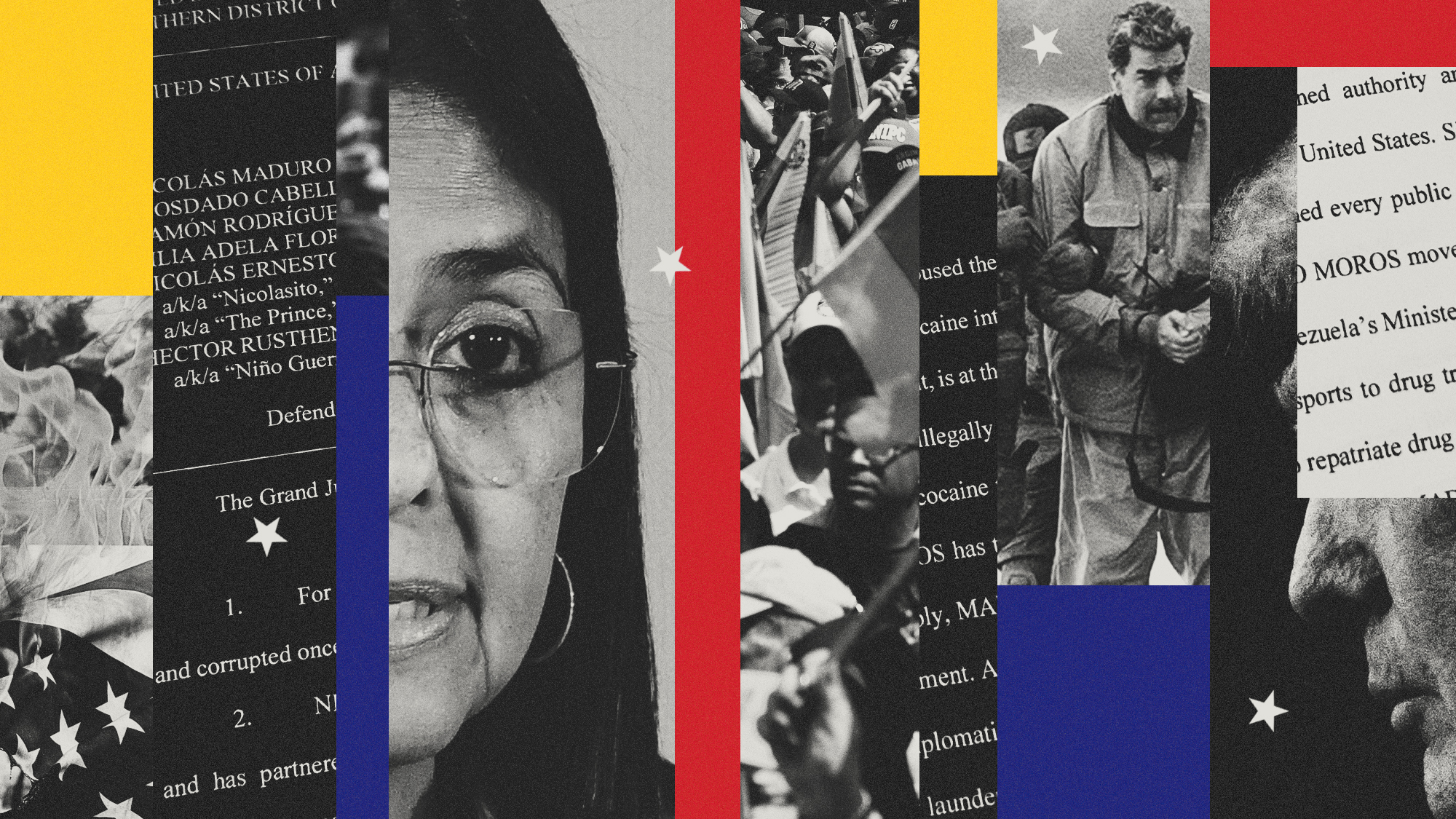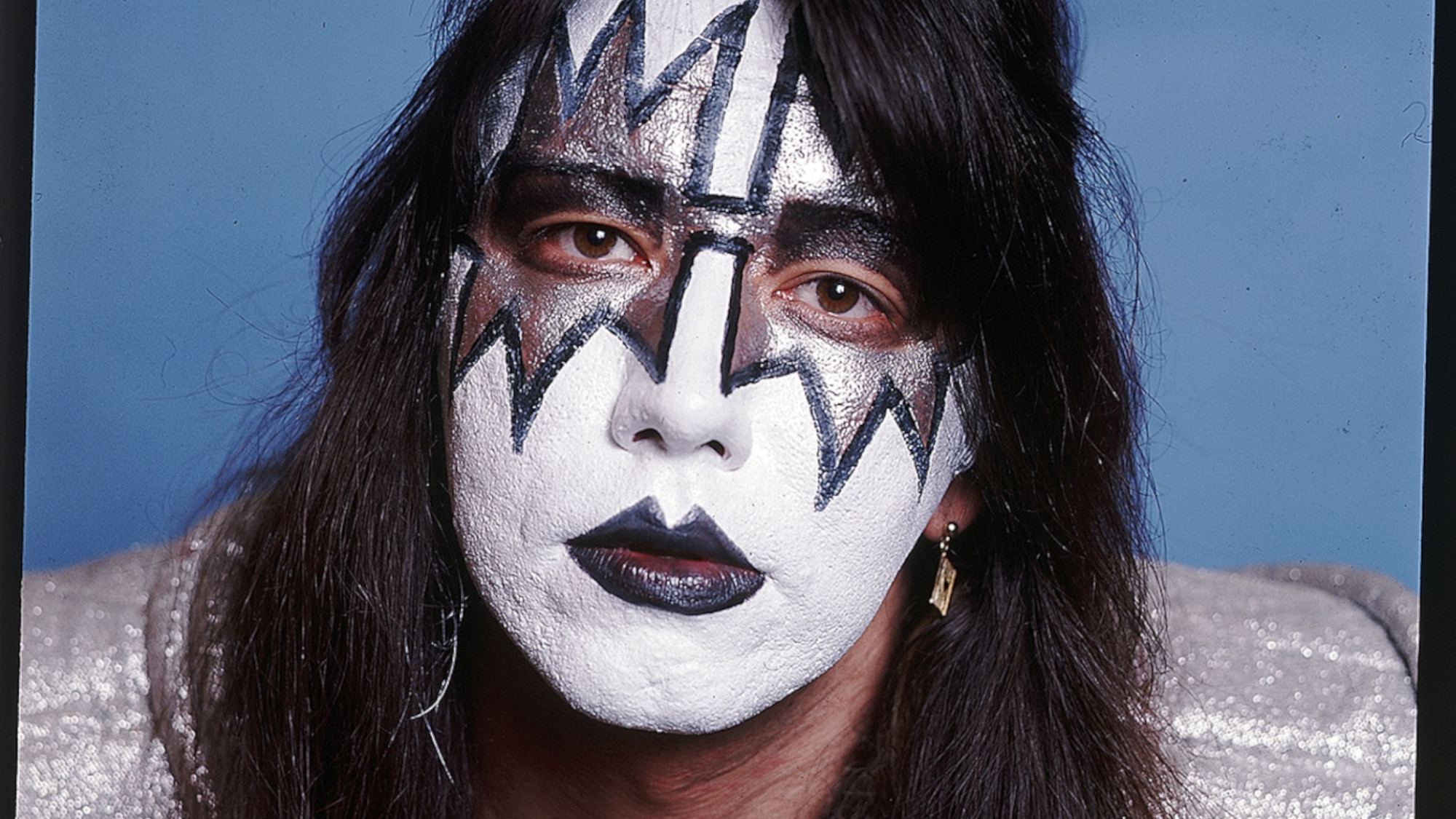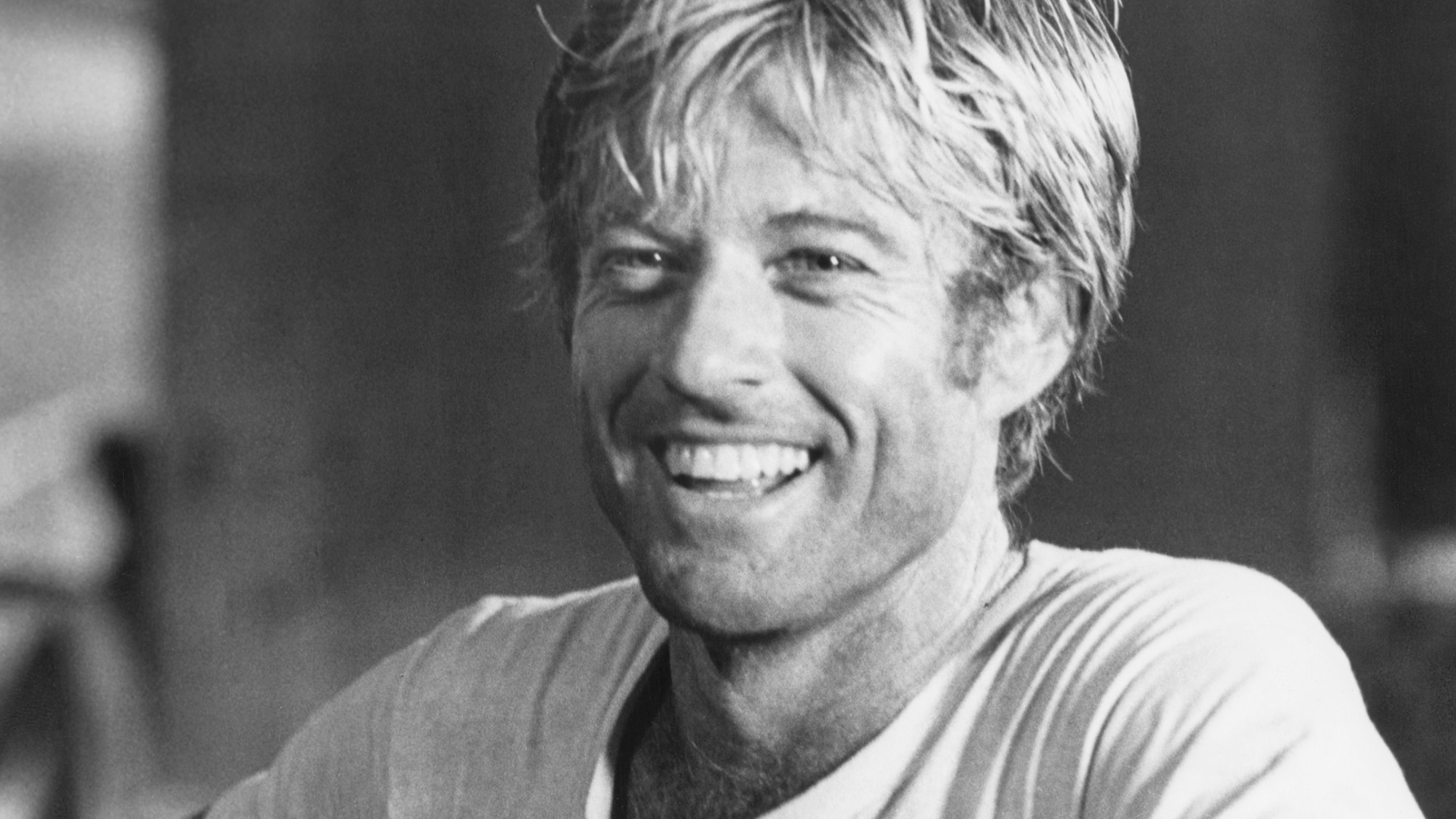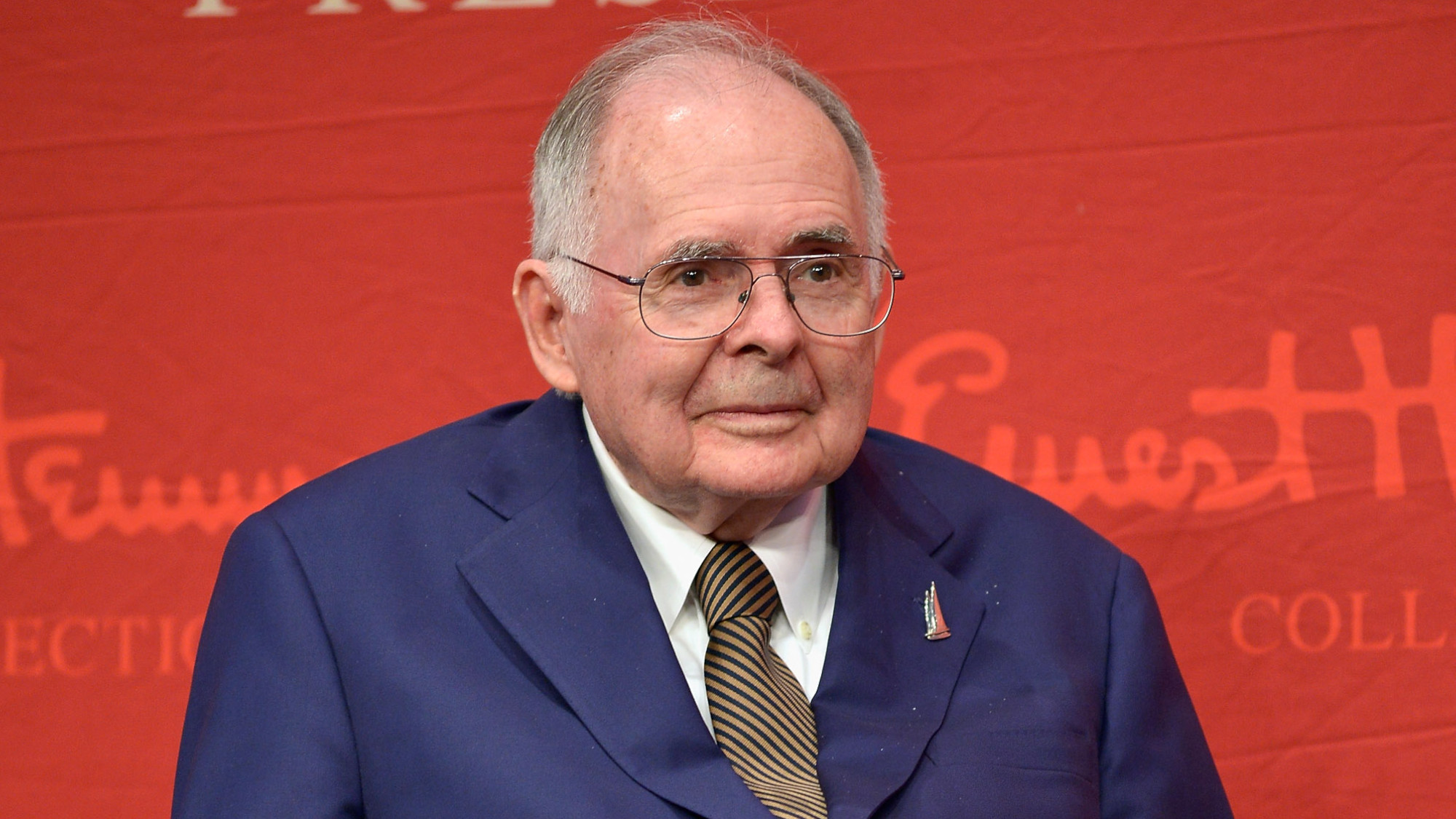Wayman Tisdale
The NBA player who became a musician
The NBA player who became a musician
1964–2009
Wayman Tisdale shot hoops with the Sacramento Kings, the Indiana Pacers, and the Phoenix Suns for 12 years. He spent another 14 playing bass guitar and recording eight best-selling albums. “I actually started playing music before I started playing basketball,” he explained. “Then I grew to 6-foot-9 and my values started changing.”
The Week
Escape your echo chamber. Get the facts behind the news, plus analysis from multiple perspectives.

Sign up for The Week's Free Newsletters
From our morning news briefing to a weekly Good News Newsletter, get the best of The Week delivered directly to your inbox.
From our morning news briefing to a weekly Good News Newsletter, get the best of The Week delivered directly to your inbox.
The son of a pastor in Tulsa, Okla., Tisdale “idolized the bass players in the church band,” said The New York Times. “I thought they were the coolest cats,” he said. “They got to stand and do their thing in the back.” When his father gave him a toy guitar, he taught himself to play. Though he showed little interest in basketball growing up, “after sprouting 24 inches during junior high school and learning to dunk, he began to like the game.” Recruited by 150 colleges, Tisdale joined the University of Oklahoma as a power forward. With a quick-release short jump and soft southpaw shot, he averaged 25.6 points a game. In each of his first three years he was a first-team All-American and Big Eight Conference player of the year. He also “scored 2,661 points in his career, a Big Eight Conference record.”
After playing with the gold medal–winning 1984 U.S. Olympic basketball team, Tisdale turned pro and averaged 15.3 points per game, said The Washington Post. As his career was winding down, he picked up the bass guitar again. Emulating such artists as Stanley Clarke and Marcus Miller, he used his five-string electric “as a melodic solo instrument rather than as thumping background accompaniment.” In 1995, two years before retiring from the NBA, Tisdale “released his first album, Power Forward, which rose to No. 4 on Billboard’s contemporary jazz chart.” He hit No. 1 with Can’t Hide Love and a remake of Ain’t No Stoppin’ Us Now, but he had trouble explaining his commercial success. “To become a chart guy is baffling to me. It was a gift. I can’t even read music. I couldn’t tell you what key I’m playing in.”
Diagnosed with bone cancer in 2007, Tisdale had a leg amputated last August. The prosthetic limb he wore until his death last week was crimson, one of Oklahoma’s colors.
A free daily email with the biggest news stories of the day – and the best features from TheWeek.com
-
 Venezuela’s Trump-shaped power vacuum
Venezuela’s Trump-shaped power vacuumIN THE SPOTLIGHT The American abduction of Venezuelan President Nicolás Maduro has thrust South America’s biggest oil-producing state into uncharted geopolitical waters
-
 Most data centers are being built in the wrong climate
Most data centers are being built in the wrong climateThe explainer Data centers require substantial water and energy. But certain locations are more strained than others, mainly due to rising temperatures.
-
 ‘Maps are the ideal metaphor for our models of what the world might be’
‘Maps are the ideal metaphor for our models of what the world might be’Instant Opinion Opinion, comment and editorials of the day
-
 Joanna Trollope: novelist who had a No. 1 bestseller with The Rector’s Wife
Joanna Trollope: novelist who had a No. 1 bestseller with The Rector’s WifeIn the Spotlight Trollope found fame with intelligent novels about the dramas and dilemmas of modern women
-
 Frank Gehry: the architect who made buildings flow like water
Frank Gehry: the architect who made buildings flow like waterFeature The revered building master died at the age of 96
-
 R&B singer D’Angelo
R&B singer D’AngeloFeature A reclusive visionary who transformed the genre
-
 Kiss guitarist Ace Frehley
Kiss guitarist Ace FrehleyFeature The rocker who shot fireworks from his guitar
-
 Robert Redford: the Hollywood icon who founded the Sundance Film Festival
Robert Redford: the Hollywood icon who founded the Sundance Film FestivalFeature Redford’s most lasting influence may have been as the man who ‘invigorated American independent cinema’ through Sundance
-
 Patrick Hemingway: The Hemingway son who tended to his father’s legacy
Patrick Hemingway: The Hemingway son who tended to his father’s legacyFeature He was comfortable in the shadow of his famous father, Ernest Hemingway
-
 Giorgio Armani obituary: designer revolutionised the business of fashion
Giorgio Armani obituary: designer revolutionised the business of fashionIn the Spotlight ‘King Giorgio’ came from humble beginnings to become a titan of the fashion industry and redefine 20th-century clothing
-
 Ozzy Osbourne obituary: heavy metal wildman and lovable reality TV dad
Ozzy Osbourne obituary: heavy metal wildman and lovable reality TV dadIn the Spotlight For Osbourne, metal was 'not the music of hell but rather the music of Earth, not a fantasy but a survival guide'